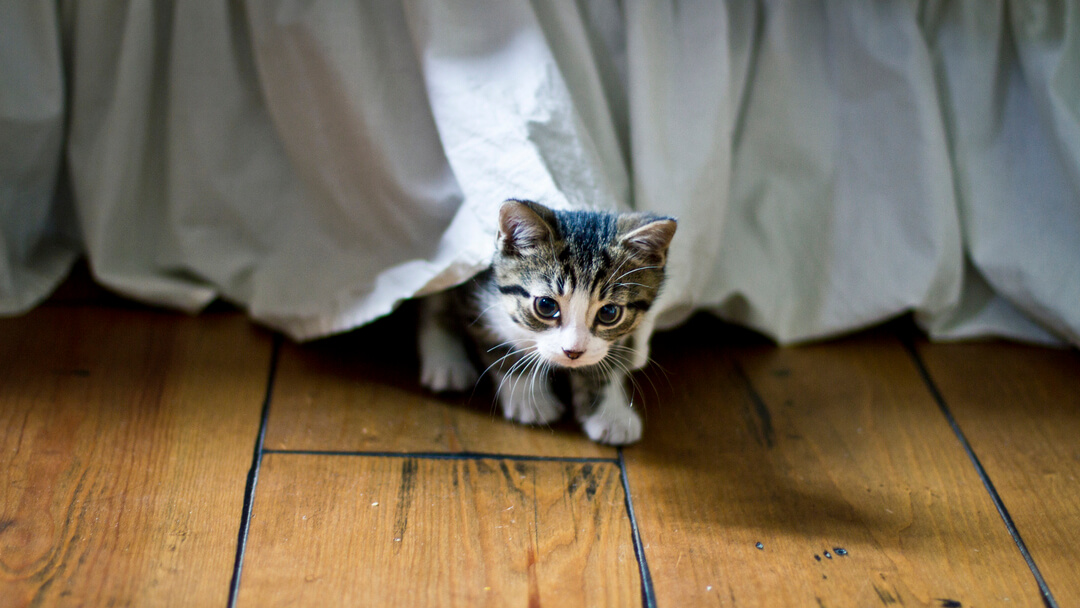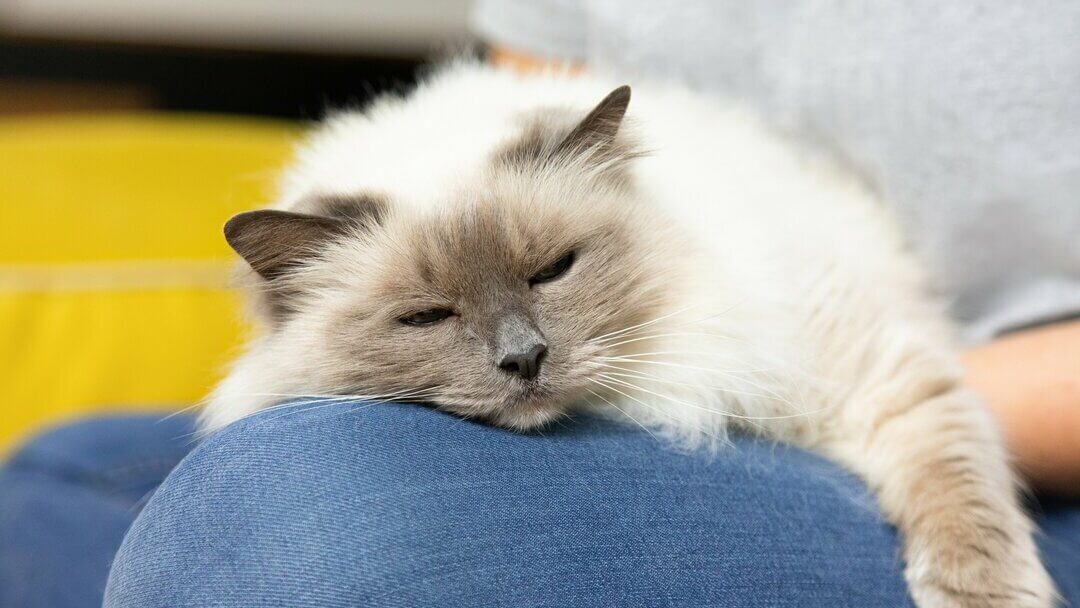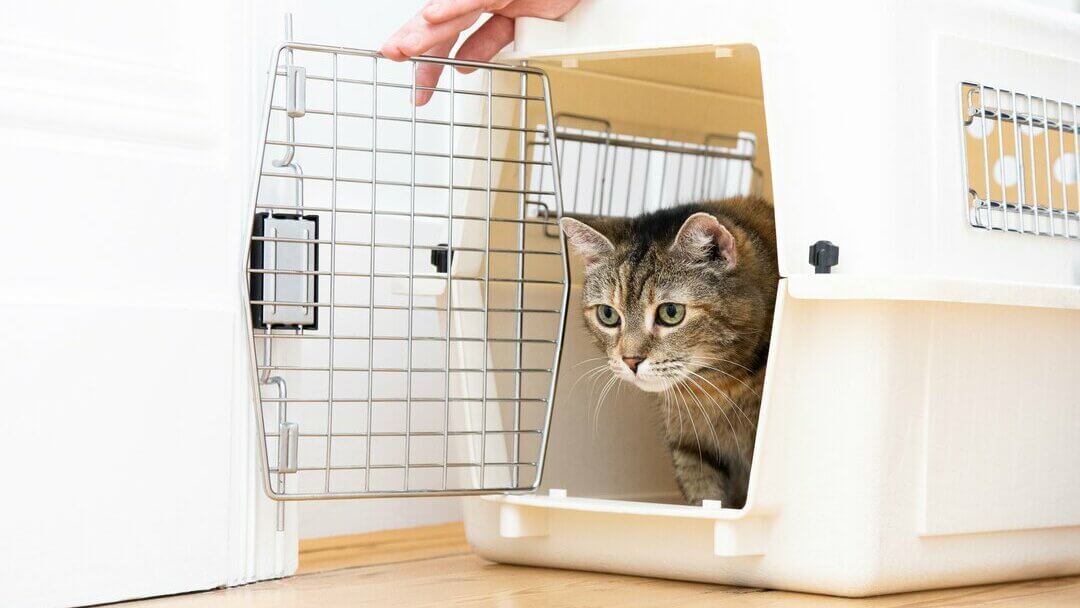

The decision to de-sex is one of the most significant aspects of pet care a cat owner can provide. De-sexing is known as spaying in female cats and neutering in male cats. De-sexing is performed by a veterinarian and is best carried out on your cat while they are still young.
Benefits of De-sexing
Spaying is good for the health of your cat and reduces the risk of her developing mammary tumours and uterine infection. Un-spayed female cats can breed prolifically, starting as young as 5 months and being able to have up to 15 kittens a year. Spaying avoids unwanted kittens, reduces the number of strays and dumping of unwanted cats.
Neutering male cats reduces the risk of them developing testicular cancer. They are also much less likely to be aggressive and become involved in fights with other cats and less likely to spray urine to mark their territory. Entire (un-neutered) male cats that are involved in fights are more at risk of developing abscesses and spreading disease and of course also increase the population of unwanted kittens. Neutered cats are also much less likely to wander and have a reduced chance of being run over by cars.
Weight gain
Some people are reluctant to de-sex their kittens because they think it causes weight gain. Neutering does not directly cause male cats to gain weight and will not normally affect their activity levels. Spaying can lead to a weight gain because of the decrease in the female cat’s metabolism, as well as a change in her hormone levels. A reduction in oestrogen has also been associated with increased appetite and higher fat levels. Feeding weight management diets or diets specifically designed for spayed and neutered cats (such as PURINA ONE Ideal Weight) will help reduce calorie intake and minimise weight gain.













